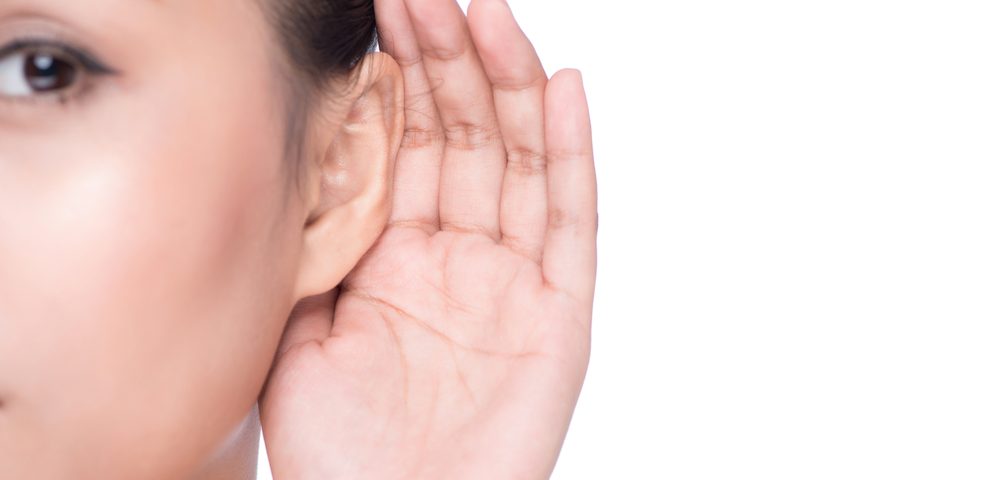Cookie Sheet, Muffin Tin, Cardboard: A Lesson for Rare Disease Week

Science projects at home are often cause for consternation.
We’ve all been there: Where do we find the supplies, where do we set up, and what sort of mess will this make? These are the questions of the familiar parental refrain. But every now and again, one comes along that serves a higher purpose that we hadn’t anticipated.
Such was an experiment last week on sound transference. It entailed placing two cardboard tubes into a V-shape (but not touching) near a wall (but not touching), and inserting a variety of objects in between the wall and the apex of the tubes. The objects ranged from nothing (empty space) to a pillow, cardboard, a wood plank, a muffin tin, and a cookie sheet.
After the placement of each object, one participant spoke into the tube on the right while another participant listened to the tube on the left.
As we expected, the empty space was just that: no transference of sound whatsoever. Meanwhile, the pillow absorbed the sound of a voice easily, and the cookie sheet reverberated the voice most dramatically (and wildly).
As we near the end of Rare Disease Week, this experiment has been constantly on my mind as I ponder how I want my own sound to transfer to those inside and outside my daily spheres. Many days, it feels like we are speaking to the empty space, and our voice merely disappears into the ether. For me, these are most often the insurance call days, and sometimes doctor visit days, when our concerns are barely given a head nod. For those of us in the hemophilia community, we have many of these “voice to the wind” days.
We also have plenty of moments when our voices slam directly into the cookie sheet of space — that massive, hardcore, metal wall that sends our voice zinging around the room and right back at us. These are painful days when our efforts become circular and there seems to be no stopping the madness.
Most likely, these are the days when we must explain, again, how hemophilia works, how it does not work, and why we are asking so many questions. Empty space and cookie sheet feel pretty much the same and end with nearly the same result: exhaustion and despair.
As the experiment plays out, the best sound transference takes place with those materials that serve as a conduit to absorb and refract, coalescing somewhere around what I think of as middle C — the place where we center ourselves on the keyboard; that place to land when we’re not quite sure of the next chord.
Rare Disease Week and Rare Disease Day on Feb. 29 offer us the opportunity to work on finding middle C, and to create the reverberation that elevates our common issues: access to affordable healthcare, coverage for preexisting conditions, and newborn screening. Middle C is the celebration of pulling voices together to speak out clearly in one voice, with many expressions.
***
Note: Hemophilia News Today is strictly a news and information website about the disease. It does not provide medical advice, diagnosis, or treatment. This content is not intended to be a substitute for professional medical advice, diagnosis, or treatment. Always seek the advice of your physician or another qualified health provider with any questions you may have regarding a medical condition. Never disregard professional medical advice or delay in seeking it because of something you have read on this website. The opinions expressed in this column are not those of Hemophilia News Today or its parent company, Bionews Services, and are intended to spark discussion about issues pertaining to hemophilia.







Leave a comment
Fill in the required fields to post. Your email address will not be published.